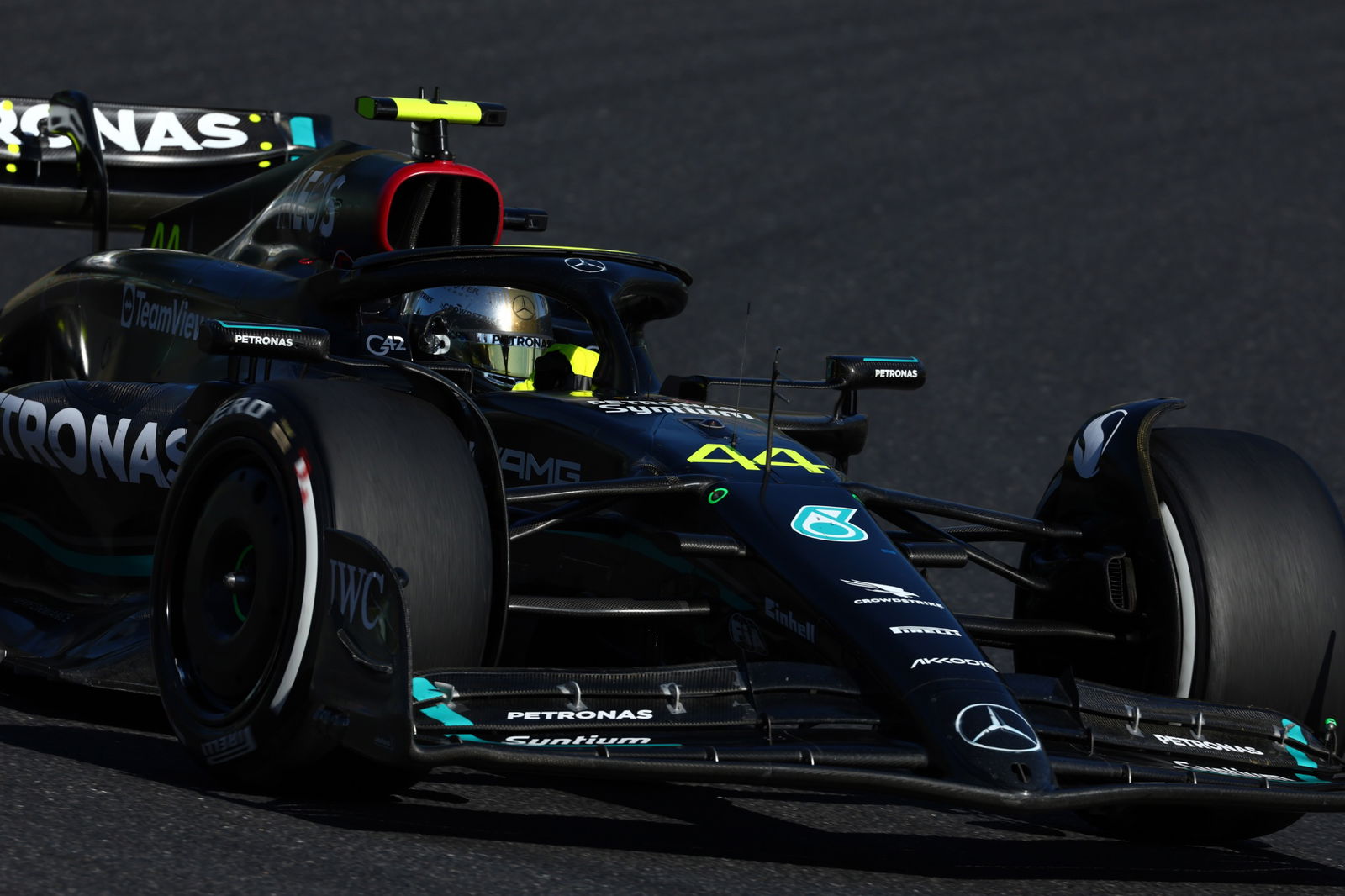F1 2026 rule details emerge: Smaller cars with 40 per cent less downforce

2026 is fast approaching with the regulations still yet to be formally finalised.
However, a report by reputable German publication AMuS has shed light on changes on the chassis side.
So far, a lot of the information in the public sphere has been around the new engines.
The 2026 rules
F1’s next major engine regulation change will take place in 2026.
It seems F1 plans have appeased the manufacturers with Mercedes, Ferrari, Renault, Honda, Red Bull-Ford and Audi all set to be on the grid.
With the automobile industry centred around electric power, it’s no surprise to see that the MGU-K unit will now be three times more powerful than before - moving up from a 120 kW to a motor generator with 350 kW.
On a similar note, the MGU-H has been removed completely for the 2026 rules, allowing for a reduction in costs.
They will be run on 100 per cent sustainable fuels, with their being a clear 50-50 split between internal combustion engines and electrical power.
Finally, the aim is for only 70 kilograms of fuel in 2026, rather than the 100 kilos currently.
Smaller, lighter cars at last?
Outlined in the report from AMuS, the FIA are heavily focused on making the cars lighter - but also smaller.
The current F1 cars weigh an astonishing 798kg, with the new engines and “countermeasures” expected to take it well above 800.
The first step is to reduce the weight by at least 20 kilograms before looking at reducing it further into the regulation cycle.
Other changes include the width of the cars (reduced to 190cm from 200cm); wheel base shortened to at least 340cm (currently 360cm).
Consequently, there will be a 40 per cent loss in downforce.


